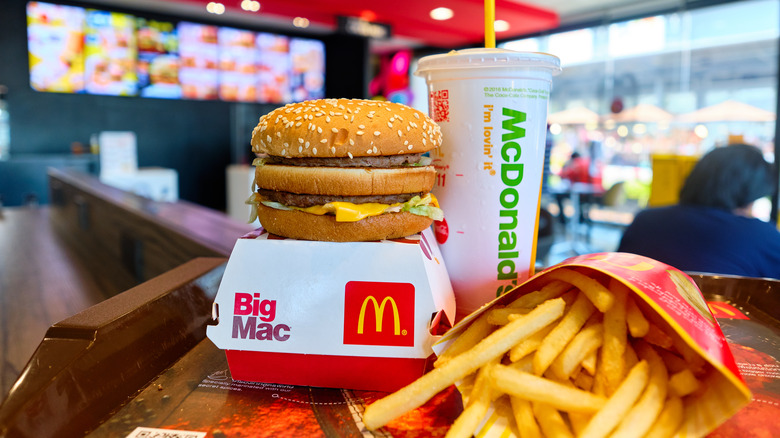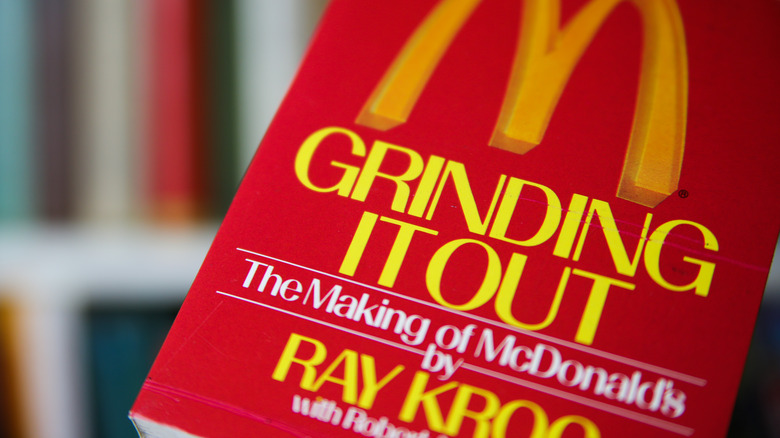Why Ray Kroc Didn't Think McDonald's Should Sell Hot Dogs
Hot dogs are one of the great paradoxes in U.S. fast food. Americans love them — we buy 9 billion dogs a year and eat 11 billion more at events like sports games and carnivals, per Forbes. But in chain restaurants, they're infamously difficult to pull off.
Burger King's attempt to roll out what they called "the Whopper of hot dogs," in 2016, was a major flop. The hot dogs were frequently served burnt, and Reddit users slammed the "small, hard, rubbery hot dogs lost in a sea of relish and mustard." While Shake Shack and Sonic have some of the best fast food hot dogs out there, it's certainly not what those chains are famous for. And in fact, one of the most successful quick-service hot dogs, at Costco food courts, only stayed alive at the classic $1.50 price after the founder threatened to "kill" the new CEO if he changed things (via Insider). McDonald's also made an ill-fated attempt to get into the hot dog game in the 90s, despite a strict warning nearly two decades earlier from the chain's founder that hot dogs should never be attempted.
Ray Kroc's book warned against McHotDogs
Decades before other burger chains experimented with hot dogs, McDonald's founder Ray Kroc vowed, in writing, that his restaurants would never serve the ballpark favorite. "There's damned good reason we should never have hot dogs. There's no telling what's inside a hot dog's skin, and our standard of quality just wouldn't permit that kind of item," he wrote in his autobiography, "Grinding It Out, The Making of McDonald's" (per Google Books).
Kroc died in 1984, and future generations of McDonald's leadership didn't heed his advice — though perhaps they should've. McDonald's launched the McHotDog in 1995, and it failed almost immediately. Customers were not enthusiastic, and ultimately, by the late '90s, one of the biggest flops in McDonald's history had all but disappeared.
Why are hot dogs so difficult for fast food chains? Writer Nick Davies argues it's a matter of aesthetics: Many chains' burgers feature the stark color contrasts of yellow cheese with green pickles and red ketchup, as opposed to pale brown hot dogs in a paler brown bun (via Medium). Other issues are logistical, as MEL Magazine notes. Cylindrical hot dogs are more complicated to cook than flat burgers, and they tend to "sweat" into the bun if they sit for too long before being eaten. Plus, MEL points out that Americans strongly associate hot dogs with backyard barbecues and tailgating rather than restaurants — so perhaps it's best for fast food chains to just let sleeping dogs lie.

